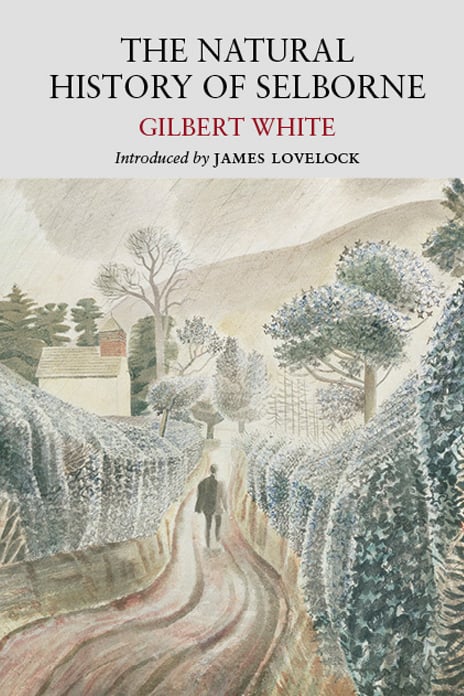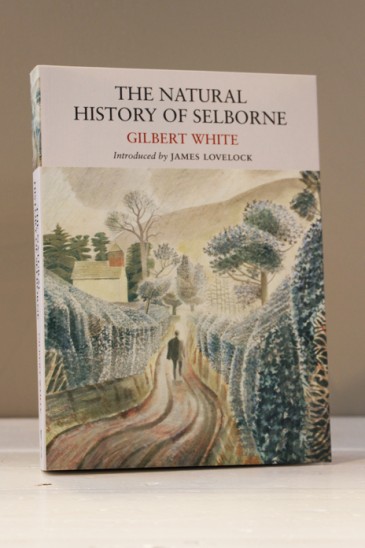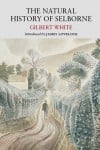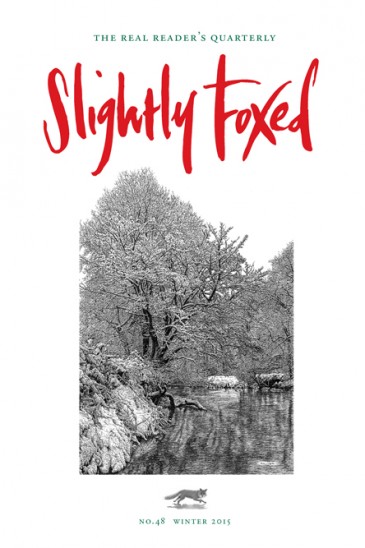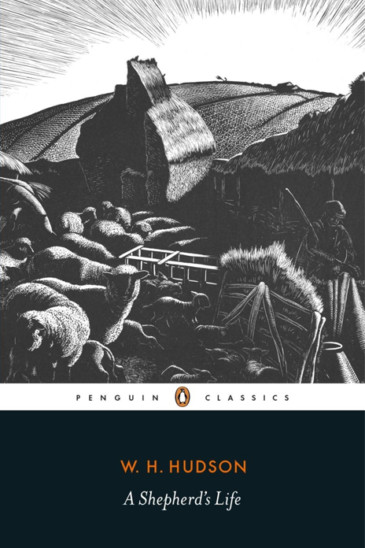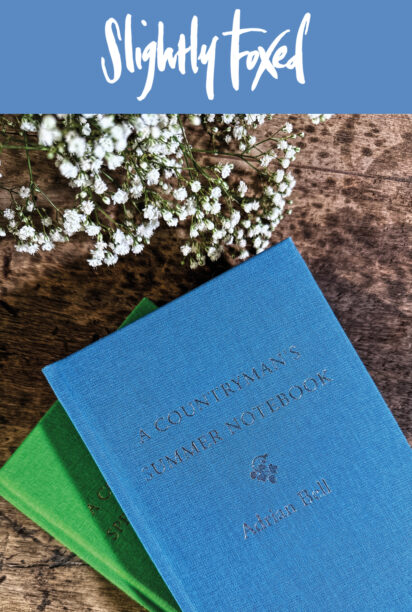‘Gilbert White’s famous and seminal text of the natural life around his Hampshire home. Introduced by James Lovelock, and illustrated throughout with Eric Ravilious woodcuts . . .
A century before Charles Darwin, decades before the French Revolution, Gilbert White began his lifelong habit of measuring and observing the world around his Hampshire home. Daily rainfall levels and temperature shifts were recorded with home-made instruments. Bird song and seasonal migrations were noted. The feeding habits of frogs, bats and mice were jotted into his diaries and nature journals, as were the simple delights he felt hearing a cricket in the meadow or a blackbird in the hedgerows. The extraordinary detail of the natural history he described has given us, two hundred years later, a glimpse into ecosystems untouched by industry and an account of how changes in global climate can affect local weather patterns.
Gilbert White is now considered England’s first ecologist. The Natural History of Selborne is one the most published books in the English language. Yet the most enduring quality of his writing is the spirit of curiosity that bounds across every page, inspiring us to explore the abundance of life at our doorsteps and around our parishes.’ – Little Toller
‘Men like him enjoyed the countryside but also tried to understand it through the open and familiar form of science . . . everything from astronomy to zoology inclusively, so that solar and lunar eclipses enthralled them just as much as the appearance of that rare and strangely colourful bird the hoopoe.’ James Lovelock
Touched with a Secret Delight
For someone who writes about nature, as I do, the importance of Gilbert White’s Selborne, coupled with the daily journals he kept from 1751 to 1793, cannot be overestimated. The original...
Read more




